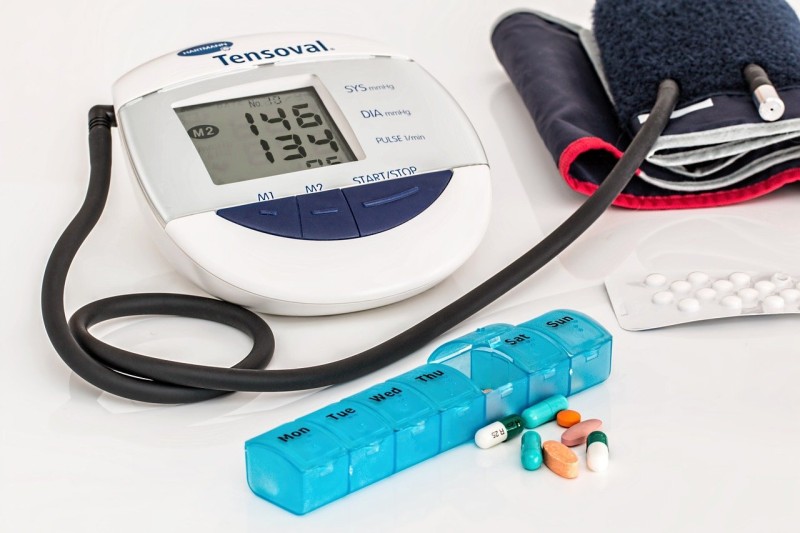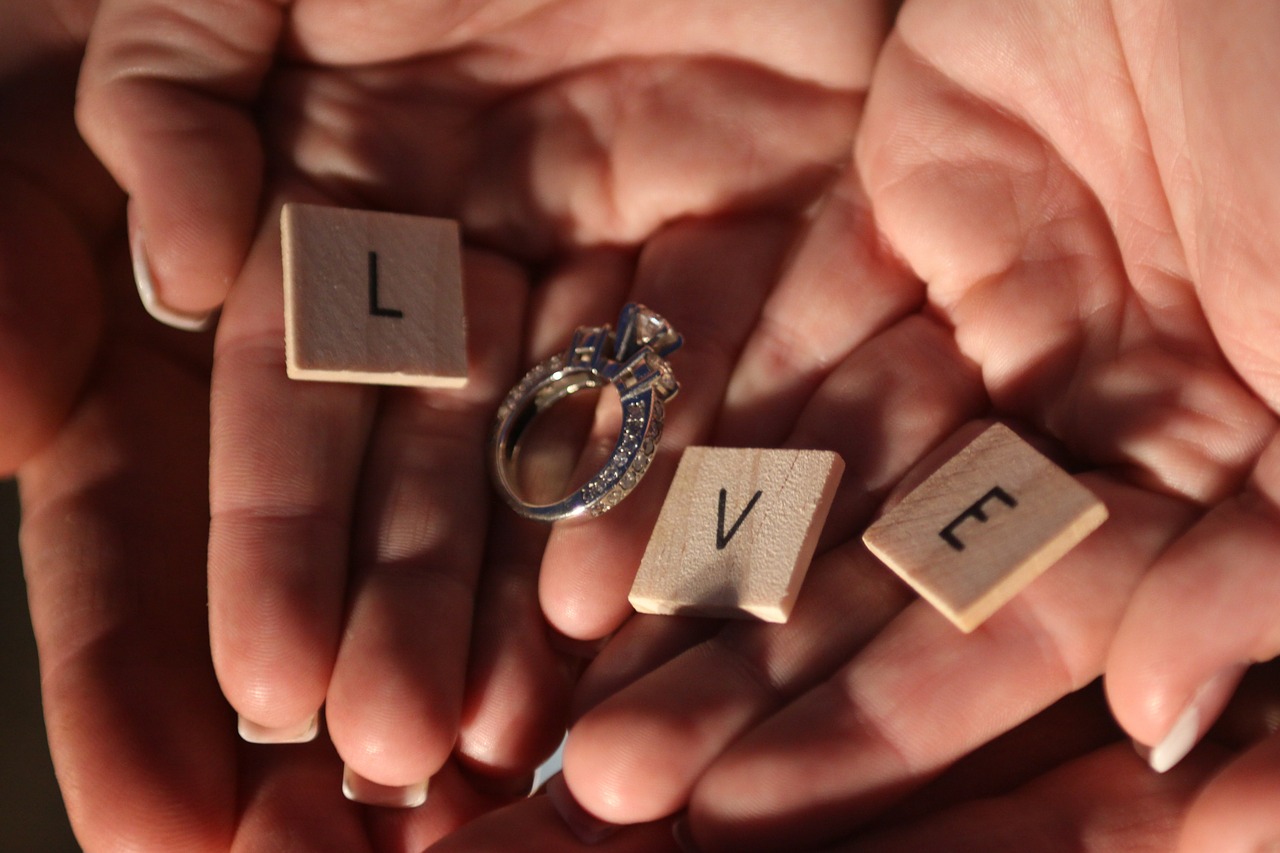Blood arteries, the heart, and the kidneys can all be damaged by high blood pressure. Heart disease, stroke, and kidney illness are all possible consequences. It's impossible to determine if your blood pressure is too high if you don't take a reading.
Keeping tabs on the blood pressure is a cinch with a portable blood pressure monitor. You can take your blood pressure at several times and locations (such as at home and work) throughout the day. To work together with your doctor to diagnose and manage your blood pressure, you should also check your blood pressure at home. A home test does not substitute for a visit to the doctor. So, it is always better to talk to your doctor. For your convenience and satisfaction, you can always call the doctor or have an online meeting with them through Marham.pk.
Why Do We Use Blood Monitoring Cuff?
High blood pressure is also referred to as a "silent killer" for a reason: There are no signs or symptoms in most cases. In other words, a person may appear to be in good health, yet their blood pressure is still dangerously high. Measuring one's blood pressure is the only way to determine whether it is normal or not.
Experts usually advocate using an upper arm cuff rather than a wrist cuff when taking your blood pressure at home since they are more accurate than the wrist cuff.
Experts also advise against using a manual monitor instead of a digital monitor. The accuracy of automated electronic machines that use an upper arm cuff is often high. The accuracy of the measurements can be checked against a blood pressure machine at the doctor's office if there is any doubt about their correctness.
Size of the Blood Monitoring Cuff
The accuracy of your equipment might be affected significantly by the size and placement of the blood pressure cuff. The results won't be accurate if the cuff is too tiny or large. Choose a monitor that is the proper size for your arm by measuring it.
Most people should use a blood pressure monitor that takes readings from their arms. The accuracy of wrist-mounted blood pressure monitors is lower than that of arm cuff-mounted monitors. Only those who are unable to wear arm cuffs should use wrist monitors. It's also not recommended to utilize devices that use finger monitors in any way. footnote1
Always check your blood pressure. Make sure that all of the parts of your monitor are working correctly. Even the tiniest fracture or hole in the tubing can provide erroneous readings.
Does Size of Blood Monitoring Cuff Matter?
Inaccurate blood pressure readings can be caused by a cuff that is either too large or too small. The cuffs at your doctor's office should be of various sizes to get an accurate reading of your blood pressure.
It's critical to use the correct cuff size when taking your blood pressure at home. About 40% of the circumference of your upper arm should be covered by the inflatable portion of the blood pressure cuff, and the cuff should cover at least 80% of the region between your elbow and shoulder.
Consult your physician if you have any concerns regarding the size of your cuff or the accuracy of your blood pressure readings. You may need to have your blood pressure measured numerous times during your appointment using the same, correctly sized cuff in the same arm. Your "actual" blood pressure for that visit can be determined by averaging these values.
Conclusion
Blood pressure should always be considered if a person is not good in health. Those, who have fluctuation in the blood pressure all the time, should always have any monitoring devices at their home. Usually, blood monitoring cuffs are used for these reasons. The size of these cuffs matters a lot for accuracy, and therefore, one should have a sense of buying and using the perfect monitoring cuff. If you feel any difficulty or want to consult expert General Physician doctors in Lahore, you should visit Marham.pk for online help.
Frequently Asked Questions (FAQs)
1. What is the significance of measuring a patient's blood pressure with the correct cuff size?
Inaccurate blood pressure readings can be caused by a cuff that is either too large or too small. The cuffs at your doctor's office should be of various sizes to get an accurate reading of your blood pressure. It's critical to use the correct cuff size when taking your blood pressure at home.
2. How can you know if the cuff on your blood pressure is working correctly?
When using a wrist monitor to take your blood pressure, make sure your arm and wrist are at heart level for an accurate measurement. Despite this, wrist blood pressure readings tend to be higher and less reliable than readings from the upper arm.
3. Is there a way to tell if your blood pressure is high?
Using the wrong cuff size, individuals with calcified or arteriosclerotic brachial arteries or patients with white-coat hypertension can all lead to artificially elevated BP readings.
Get Health Write For Us Guest Post category to submit health related blogs.









